
Zehnder Science Facts
Welcome to the exciting world of science and technology! In this fascinating campaign, we will present exciting science facts related to our innovative Zehnder products.
Dive into a world full of discoveries and ground-breaking technologies that improve our daily lives and offer sustainable solutions. From air quality to energy efficiency, our products combine science and functionality in a unique way.

A tornado, a violent whirlwind, needs just one second to move this huge volume of air. That's rather impressive! After all, an adult human needs an entire day to breathe the same volume in and out. And balanced ventilation units from Zehnder are perfect for keeping this breathing air fresh indoors. That's because they keep the air moving totally without draughts – and without ruining your hairdo.
All fish, including sharks, breathe by means of branchial respiration – across their gills. That's why they have a built-in counterflow heat exchanger, which pumps the cold, oxygen-rich water flowing across their gills against the warm bloodstream. This helps them take in a maximum amount of oxygen and regulate their body temperature. Fascinating, isn't it? By the way, your ventilation unit with integrated heat exchanger works in the same way. It supplies you with fresh air that has been adjusted to a specific temperature in advance – all without that creepy factor.
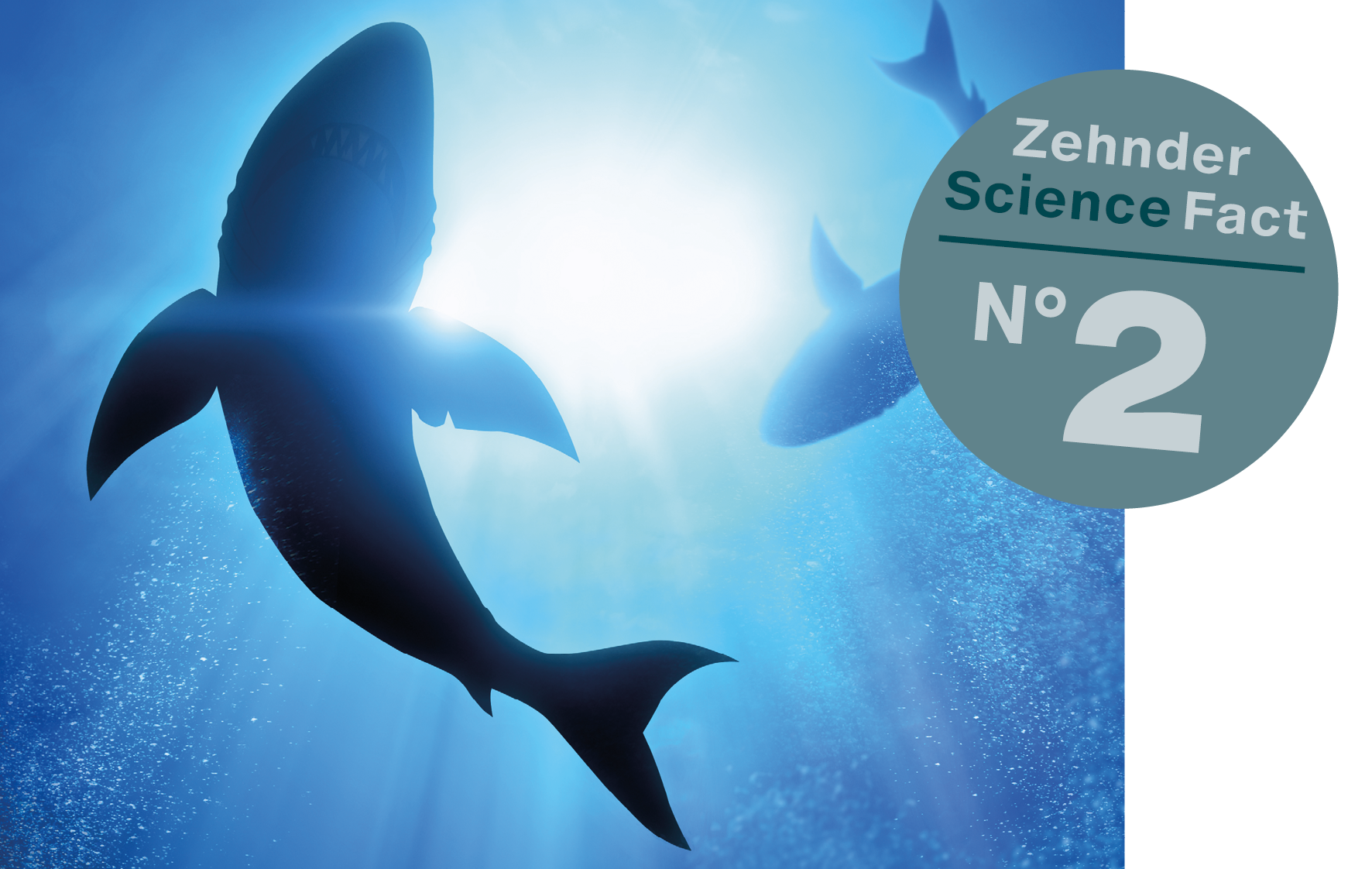
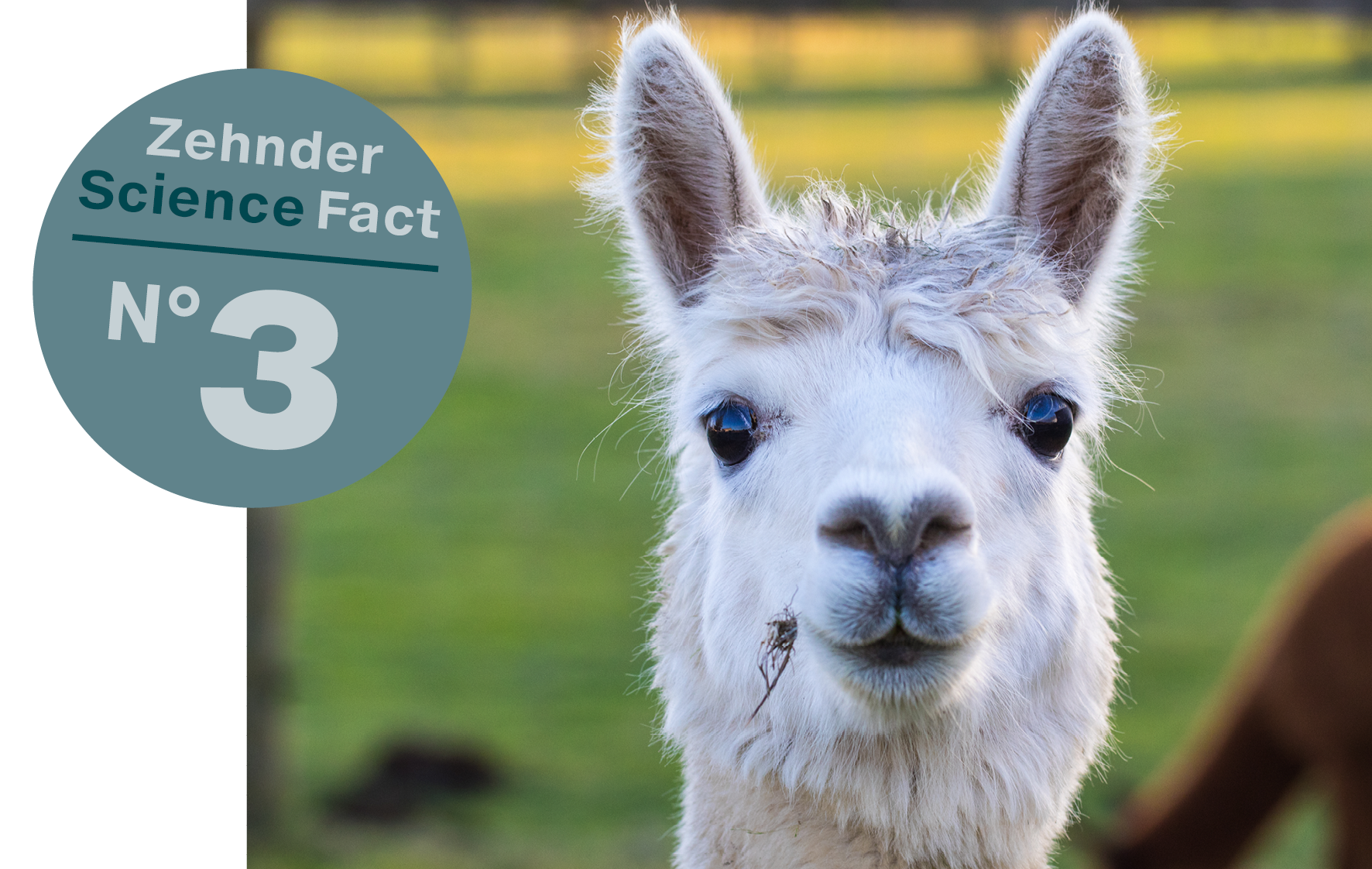
Many camel species, including llamas and alpacas, can withstand extreme variations in temperature by storing or releasing their body heat through their breathing. Their nasopharyngeal space is designed to act as a heat exchanger: it warms the air up when the animal breathes in and retains moisture and heat when the animal breathes back out. Pretty smart! With the help of an enthalpy exchanger, your balanced ventilation unit also manages the same – without the worry of getting spit on.
Mangroves are plants widespread in the coastal areas of tropical and subtropical regions. As they often grow in marshy or swampy areas with soil low in oxygen, their stilt roots arising through the soil, the pneumatophores, act as standpipes. Special pores on their tips supply the roots of the plant with sufficient oxygen from the air. An ingenious principle! Zehnder basic apartment ventilation also achieves this flawlessly – without the wet feet.
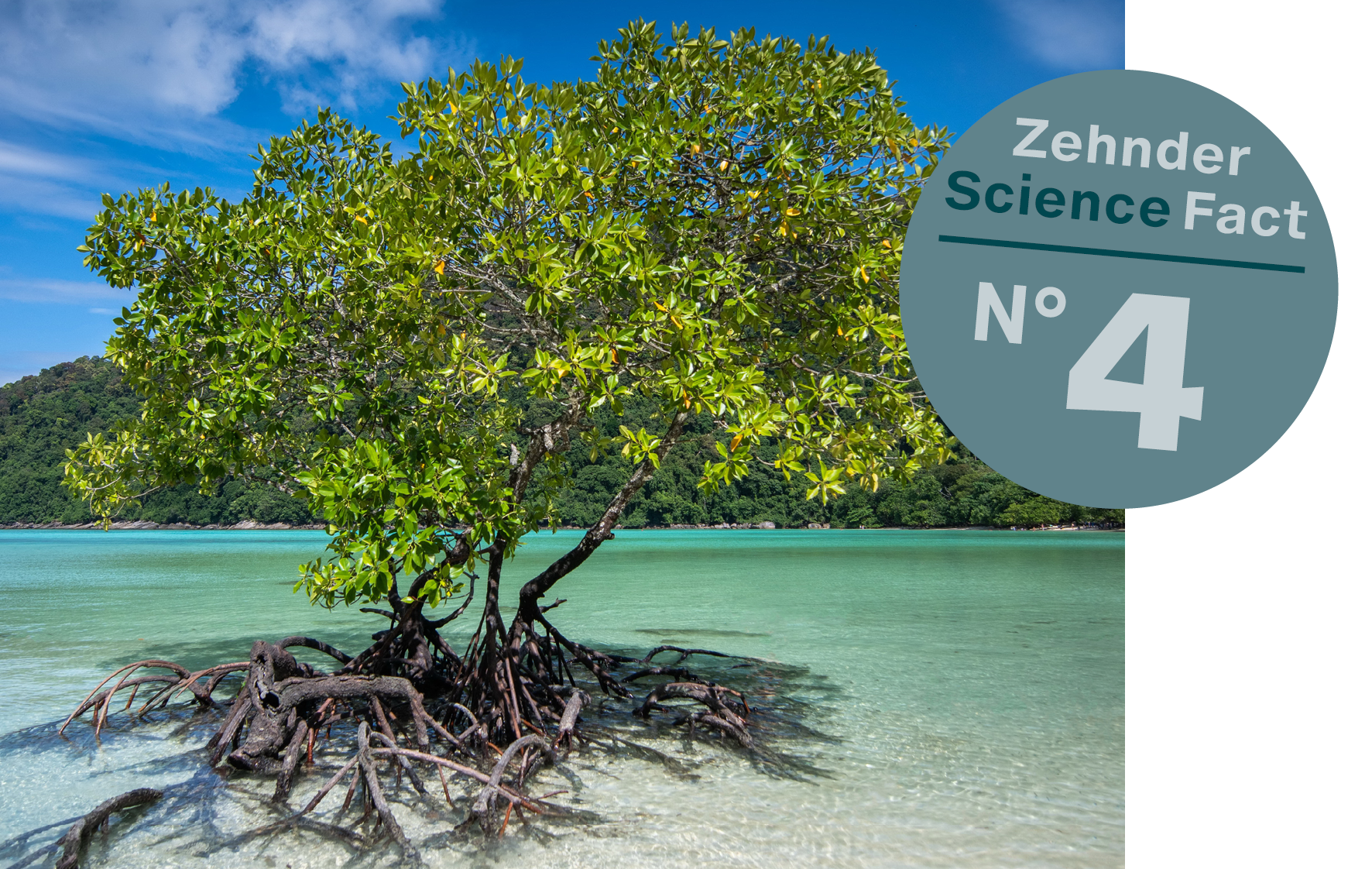
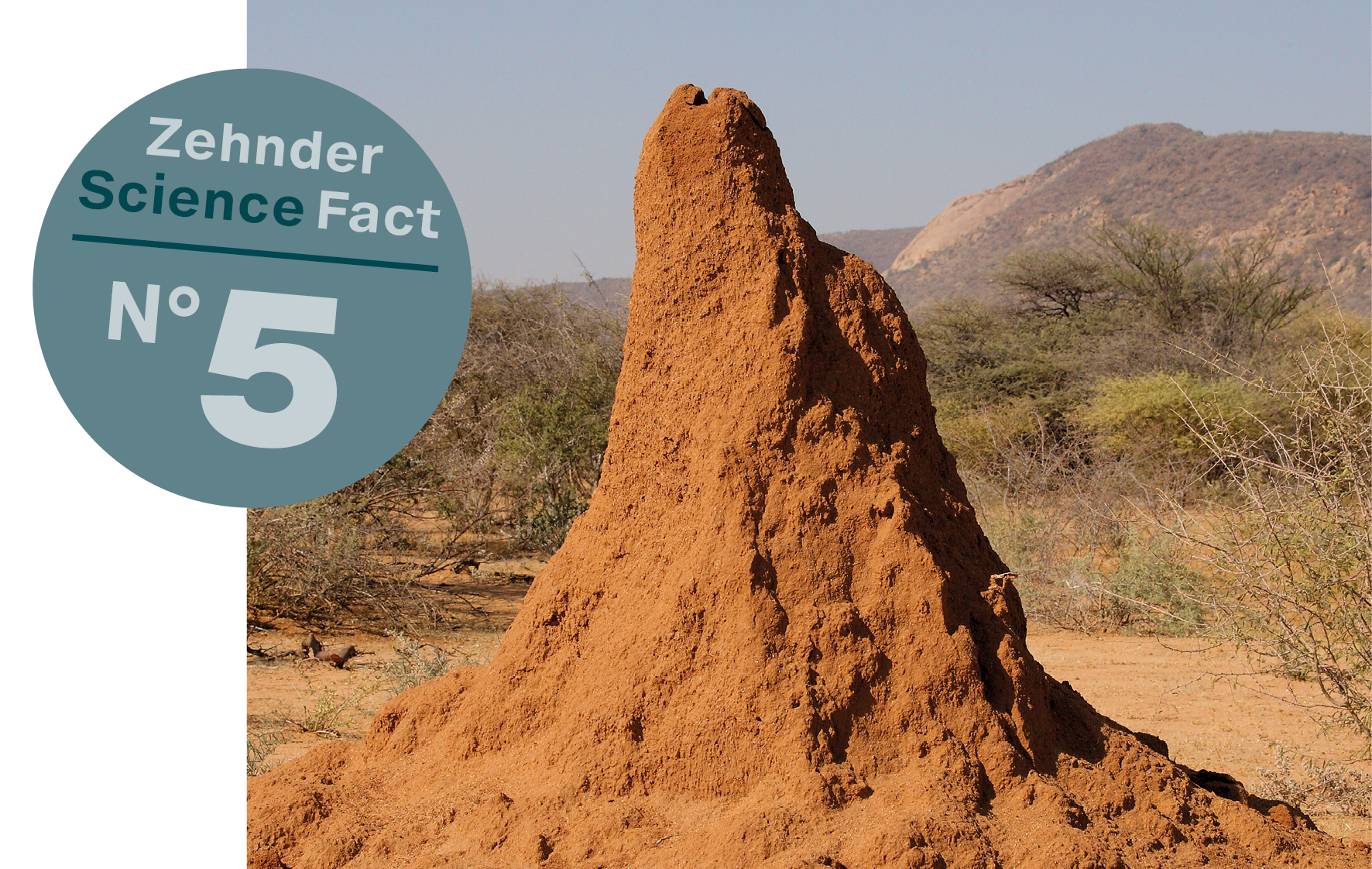
Termites, in particular the species from the Macrotermes genus, build remarkably complex mounds reminiscent of cathedrals. Often, a central ventilation tube leads outside and uses the natural airflows to draw in fresh air and purge stale air. Through the various openings, the insects are even able to regulate the temperature and air humidity in the individual chambers. Quite clever, really! With our ventilation systems, you can too – without having to share your house with thousands of creepy-crawlies.
It's a fact: when indulging in chocolate, the human body produces, among other things, the neurotransmitter serotonin, which is often referred to as a 'happy hormone'. And at pleasantly warm temperatures, endorphins are released, which can lead to a feeling of satisfaction and well-being – just like when eating chocolate. Interesting, isn't it? The logical conclusion: Zehnder radiators are real mood lifters – and calorie-free, to boot.
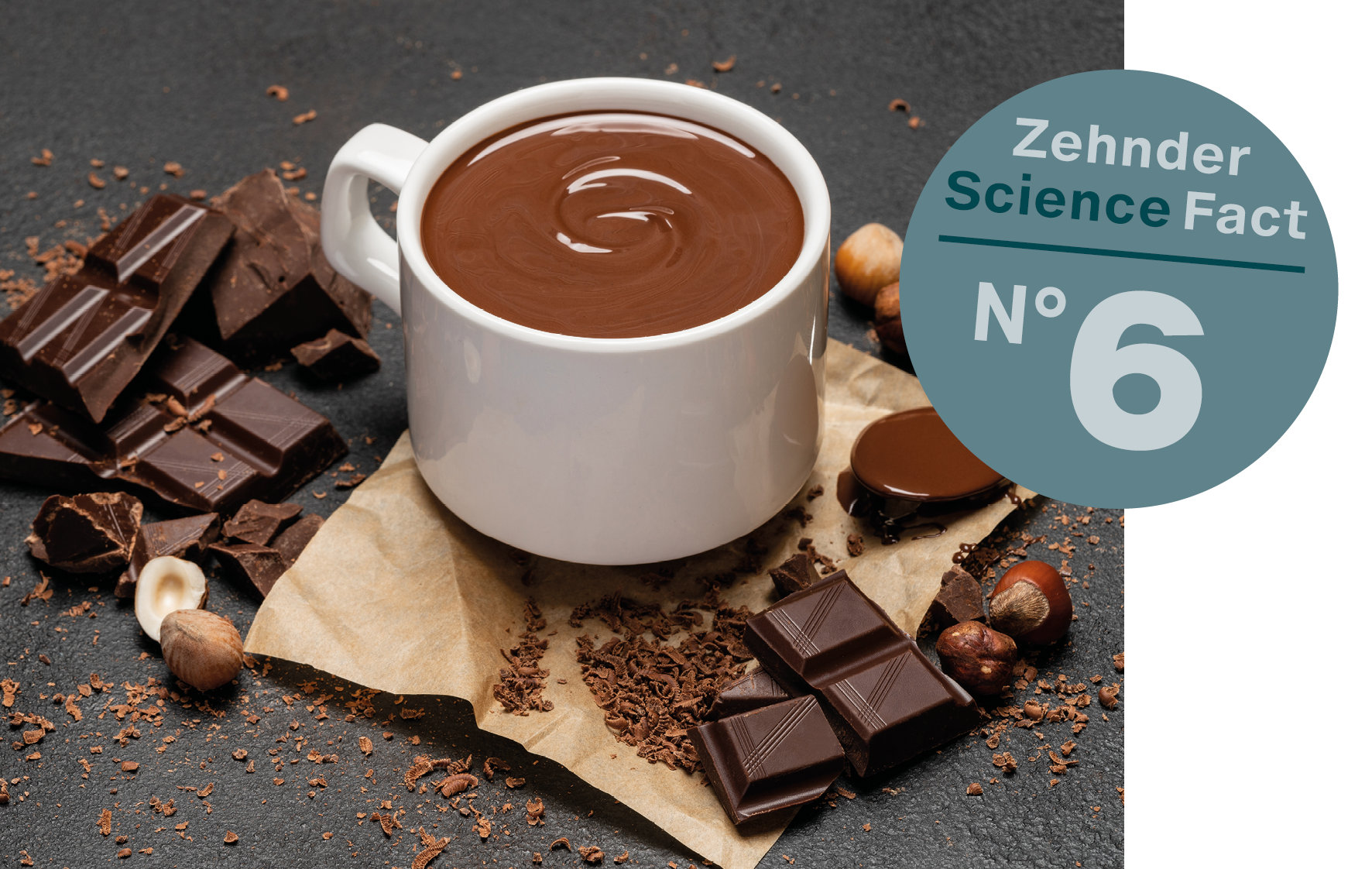
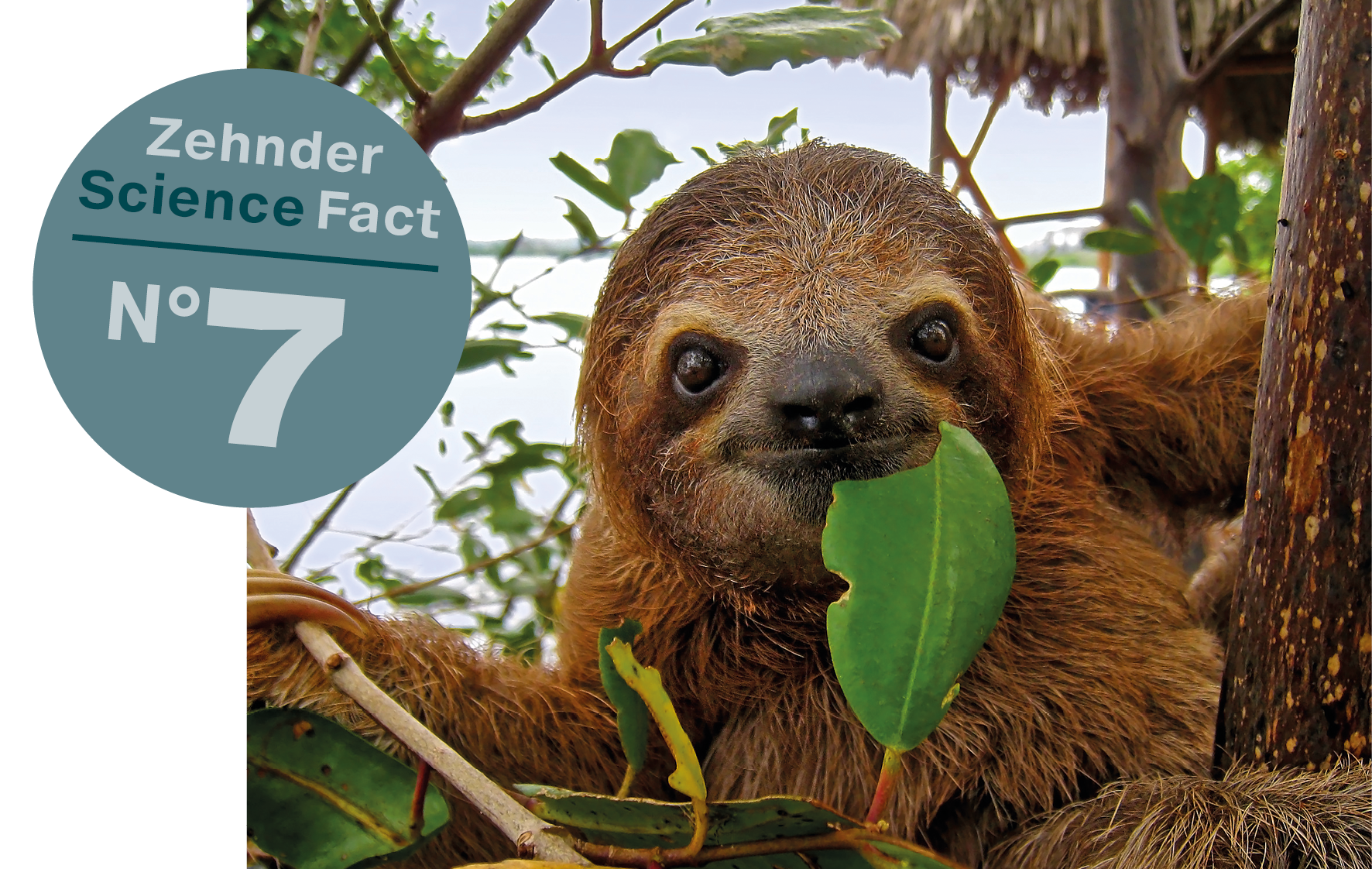
The three-toed sloth, indigenous to the rainforests of Central and South America, is the absolute world champion when it comes to energy saving with its low consumption. Its slow metabolism and sluggish lifestyle help it breeze through the day. A totally relaxed attitude! In stand-by mode, our electric bathroom radiators are in no way inferior to the sloth in terms of energy efficiency – and they can go from '0 to 60' in no time as needed.
Many animal species, including lizards such as bearded dragons, can enter a state called torpor when temperatures begin to fall. To save valuable energy, they reduce their metabolic rate, body temperature and activity. Efficiency at its finest! Just as efficient is the open window detection in our electric radiators: if a window is open, they automatically switch off. And they return to the previous mode as soon as the window is closed again – making sure no excess heat goes to waste.
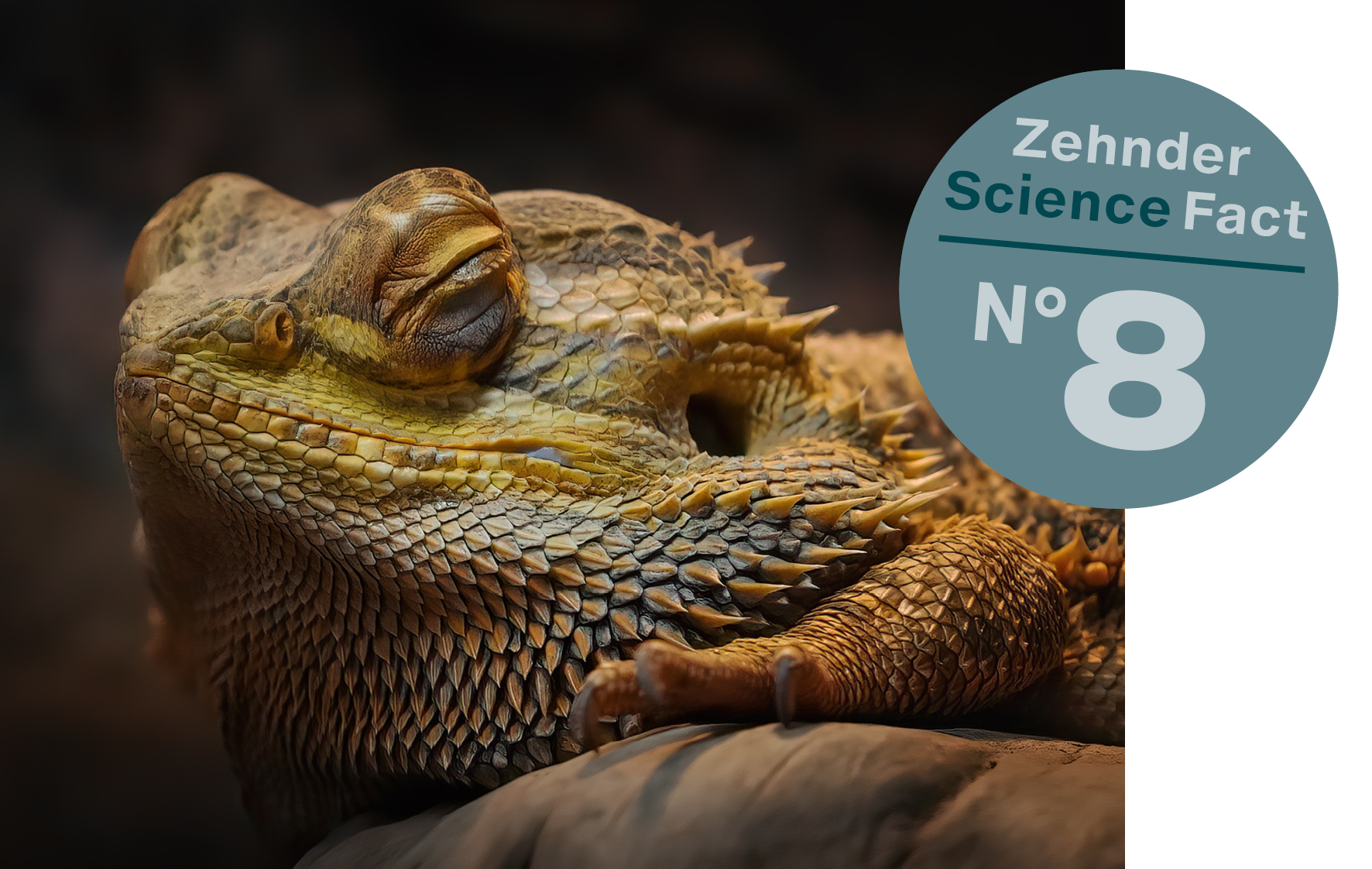
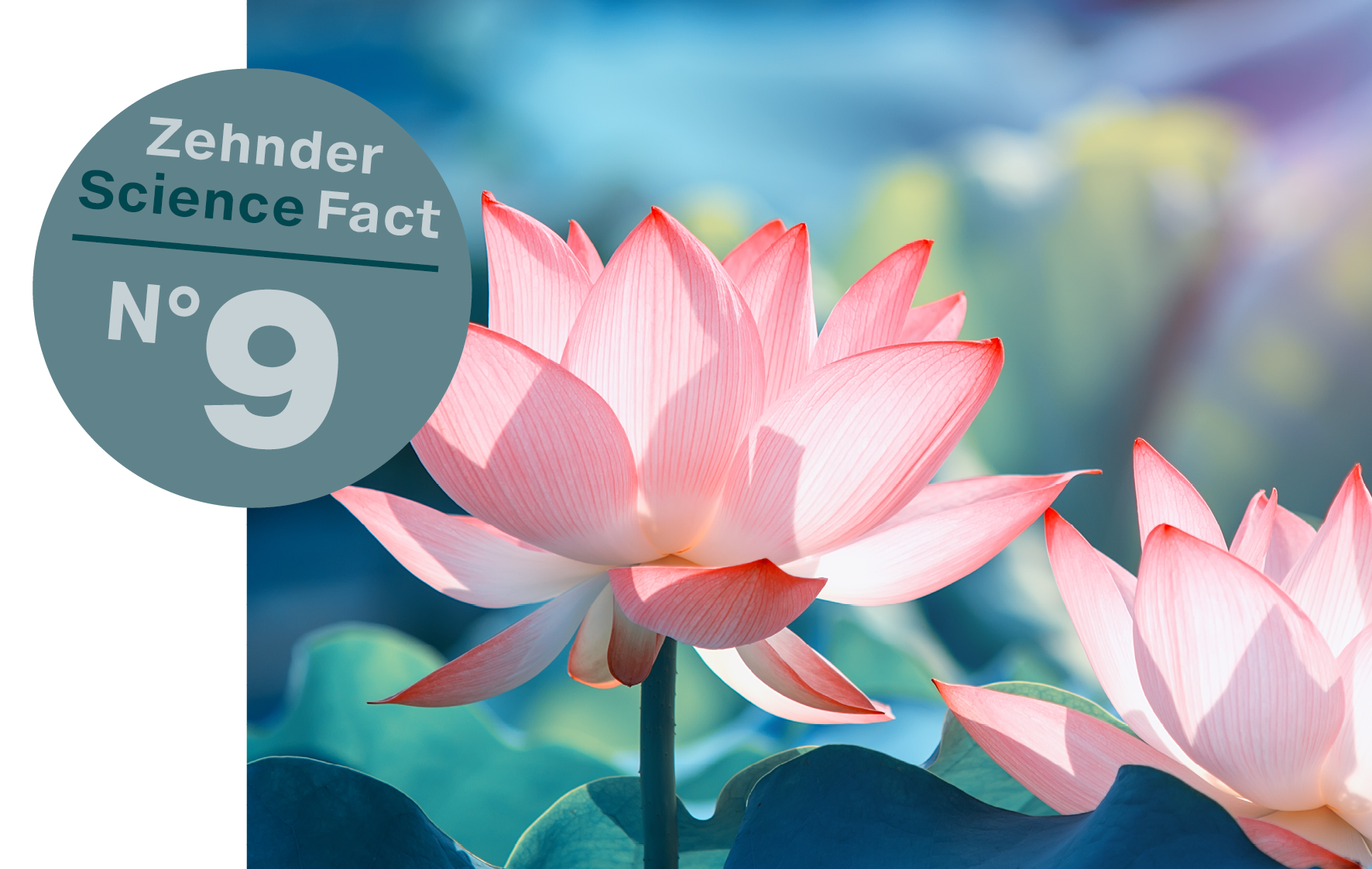
Believe us when we say that the lotus has much more to offer than just a sonorous Latin name! In fact, their blossoms are capable of warming themselves up – up to a whole 10°C above the surrounding temperature. This helps them intensify their fragrance while stimulating the spirits of the insects they attract. And this is what they have in common with our decorative radiators: they are also totally functional and give off invigorating warmth – all while looking pretty.